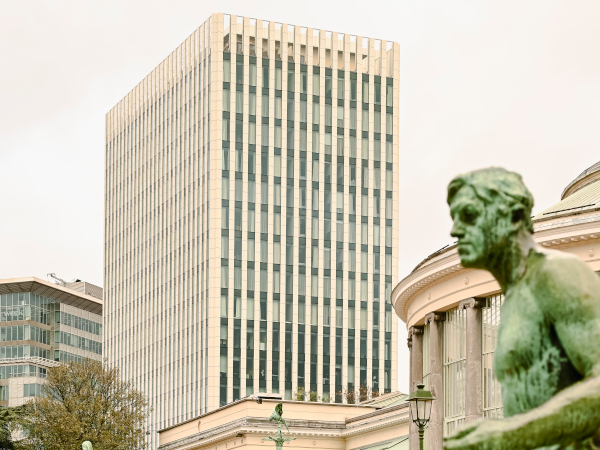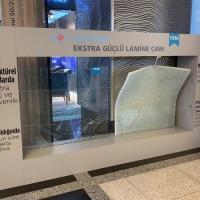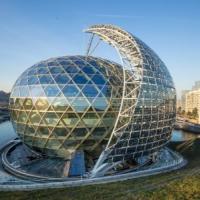Date: 16 April 2008
China is a big consumer of energy. Its building energy consumption reaches 500 million tons of standard coal annually, accounting for 27% of the total. In China, one ton of standard coal is equal to 0.77 ton of crude oil and 752 cubic meters of natural gas. At present, China has an average annual growth rate of more than 5.84% in building energy consumption, of which around half is consumed by building doors and windows. Since China has not paid much attention to energy conservation of doors and windows for a long time, over 93% of existing 44 billion square meters of construction are not installed by energy-saving window frames and glass. And the majority of around two billion square meters of the newly added construction each year are not energy-saving buildings. Furthermore, several billion square meters of public construction and tens of millions of square meters of glass curtain walls mostly use non-energy-saving monolithic glass or common hollow glass. Starting from April 1st 2008, China's newly amended Energy Saving Law will be fully implemented, which has made the conservation of resources as the basic national policy, indicating that China's energy-efficient glass market will have a broad space for the development.
Low-E glass, as the best energy-saving glass, has extremely good energy-saving effects, good optical performance and environmental characteristics in comparison with common glass and conventional coated glass used in construction. Whereas, China's output of Low-E glass only hit 5.9 million square meters in 2005, the figure rose to 9.2 million square meters in 2006, which was less than one sixth of the U.S. output in 2004. In this sense, China lags far behind the developed countries in the promotion and the application of energy-saving glass.
China's annual output of Low-E glass has increased gradually in recent years. China's Low-E glass production lines are mainly concentrated in such manufacturers as CSG Holding Co., Ltd., China Yaohua Glass Group Corporation, Shanghai Yaohua Pilkington Glass Co., Ltd., Weihai Blue Star Glass Holding Co., Ltd., and Fuyao Group Glass Industries Co., Ltd. During the period of 2007 to 2008, more and more glass producers have introduced and will introduce Low-E glass production lines. It is expected that China's demand for Low-E glass by 2010 will amount to 97 million square meters, and meanwhile, China's output of Low-E glass will reach 50 million square meters at the end of 2010 based on the current growth rate of capacity expansion. In contrast to the huge domestic demand, there is a huge gap in the production capacity of Low-E glass in China.
The data in the report is sourced from the National Bureau of Statistics of China, the Ministry of Housing and Urban-Rural Construction of the People's Republic of China and the China Architectural and Industrial Glass Association, and the data of some key enterprises are from their financial statements.
Companies Mentioned:
-China Yaohua Glass Group Corporation
-Shanghai Yaohua Pilkington Glass Co., Ltd.
-CSG Holding Co., Ltd.
-Sanxin Glass Technology Co., Ltd.
-Weihai Blue Star Glass Holding Co., Ltd.
-Anyuan Industrial Co., Ltd
-Saint Gobain China Investment Co., Ltd.
-Hebei Yingxin Glass Group Co., Ltd.
-FuYao Group Glass Industries Co., Ltd.
For more information, visit http://www.researchandmarkets.com/reports/c88669




















Add new comment